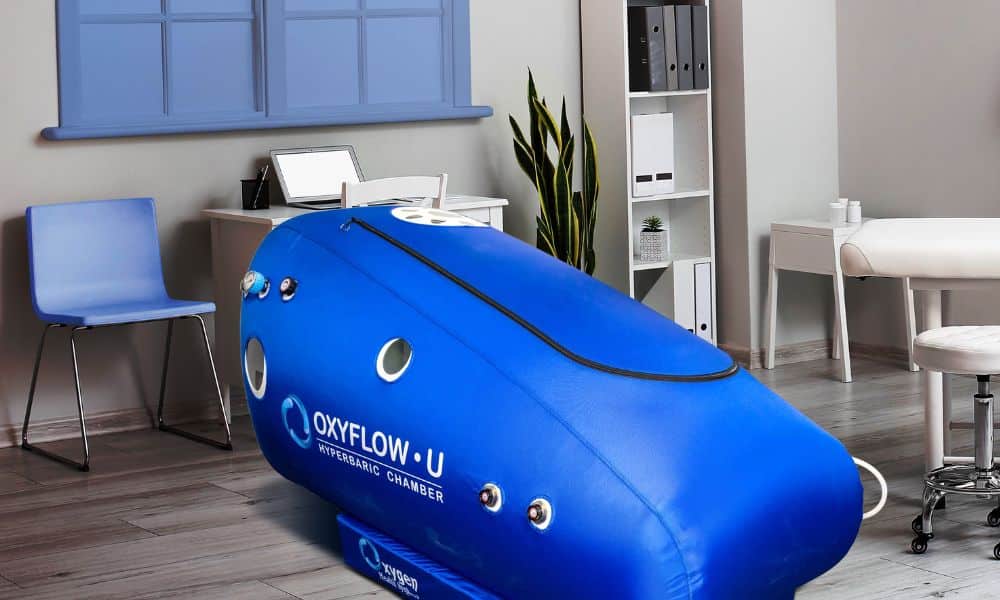Health
Evolution of Hyperbaric Oxygen Therapy: From Past to Present
Hyperbaric oxygen therapy (HBOT) involves breathing pure oxygen in a pressurized room or chamber. This process increases the amount of oxygen the patient’s blood can carry, promoting healing and fighting infection. What began as a speculative venture in the realm of healing has become a rigorously studied and widely accepted therapeutic modality. Explore the captivating evolution of HBOT from past to present to understand the transformation of this versatile treatment modality.
Conceptualization and the First Chambers
The conceptual roots of hyperbaric oxygen therapy stretch back to 1662 when British physician Nathaniel Henshaw envisioned the therapeutic potential of pressurized environments. He constructed the first sealed and pressurized chamber, which he called a domicilium. He used a system of organ bellows to increase the pressure in the domicilium.
In 1834, the French physician Dr. Marcel Junod built the first hyperbaric chamber. James Watt, a Scottish inventor and engineer famous for advancing the steam engine, designed Junod’s chamber. The chamber could reach 2–4 atmosphere absolute (ATA), and Junod used it to treat patients’ pulmonary conditions and improve blood flow.
HBOT for Decompression Sickness
With the construction of large bridges and tunnels below the water table, decompression sickness emerged as a troubling health concern in the 1800s. As workers surfaced too quickly, nitrogen bubbles formed in their blood and tissues, which could cause severe pain, paralysis, and even death. The first people successfully treated for decompression sickness with HBOT were workers who constructed the Hudson Tunnel in New York.
In the early 1900s, HBOT began to play a crucial role in addressing decompression sickness in divers. The development of diving and pressure simulators, along with experiments on breathing pure oxygen in a hyperbaric environment, provided invaluable insights into how HBOT could mitigate the harmful effects of rapid decompression.
Widespread Adoption and Application
During the 20th century, doctors began to significantly broaden the application of hyperbaric oxygen therapy beyond its initial use for decompression sickness. By the 1950s, healthcare workers used HBOT as an adjunctive therapy for treating a variety of conditions, including carbon monoxide poisoning and severe burns, marking a pivotal expansion in its medical application.
Today, a diverse range of professionals across the medical and sports fields use HBOT. Medical doctors use HBOT to accelerate the healing of complex wounds, carbon monoxide poisoning, and infections resistant to standard treatments. In sports medicine, professionals employ HBOT to expedite athletes’ recovery to reduce inflammation and promote faster tissue healing. Additionally, researchers and clinical scientists are exploring new therapeutic applications of HBOT, investigating its potential benefits in neurorehabilitation and for conditions such as stroke and traumatic brain injuries.
The evolution of hyperbaric oxygen therapy from its inception to today underscores its versatility and growing recognition as a valuable treatment modality. Hyperbaric Pro’s 3 ATA hyperbaric chambers enhance the body’s natural recovery processes. Shop our selection of hard shell chambers for monoplace and multiplace therapy.

